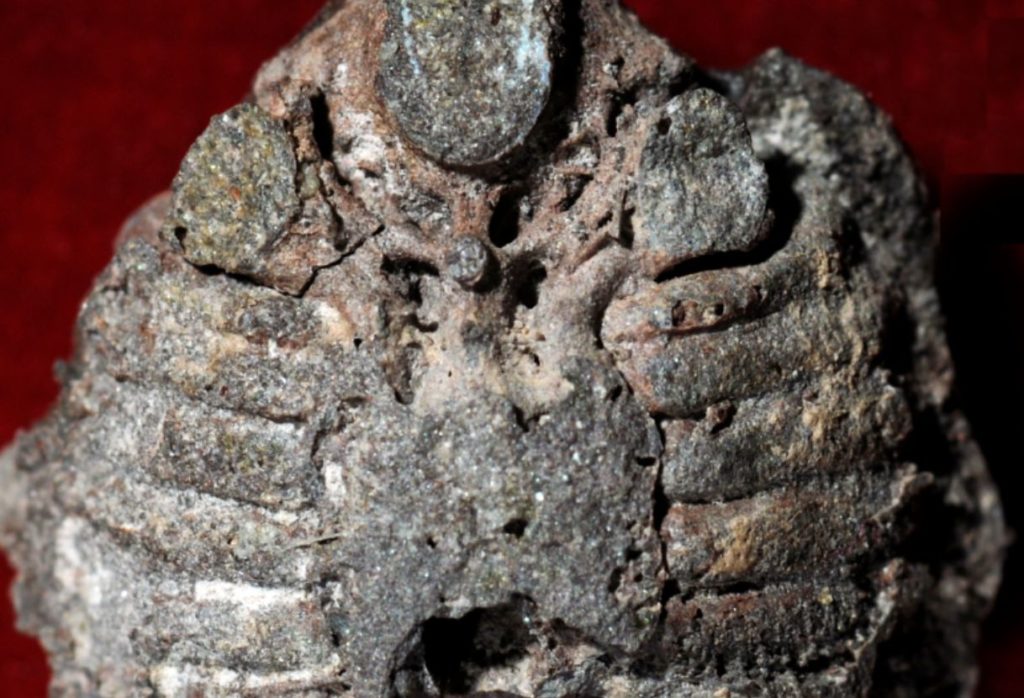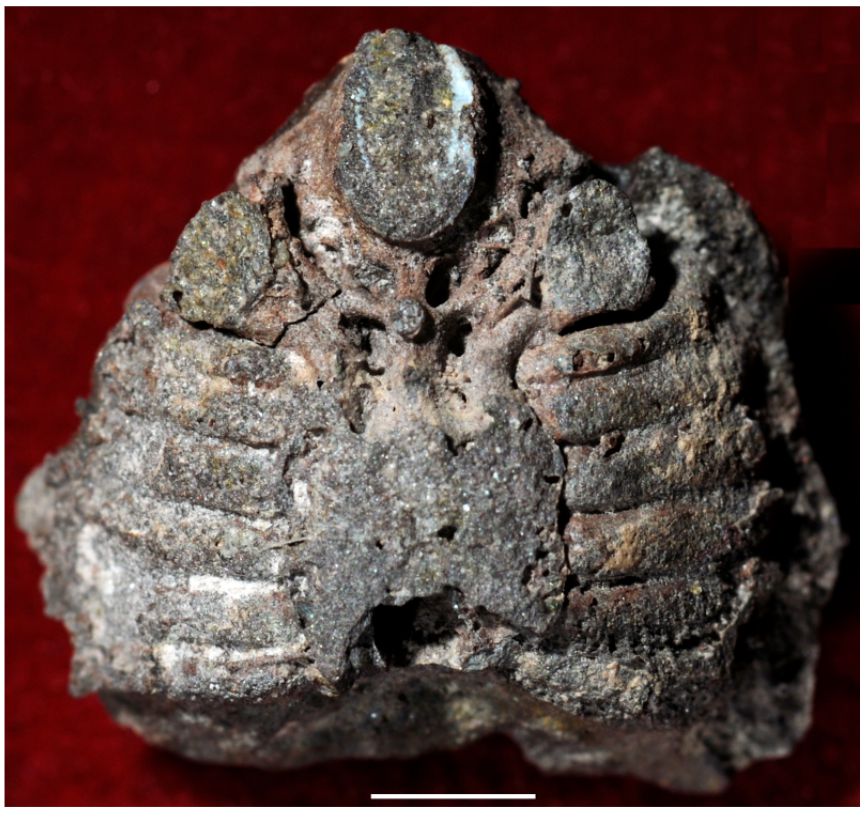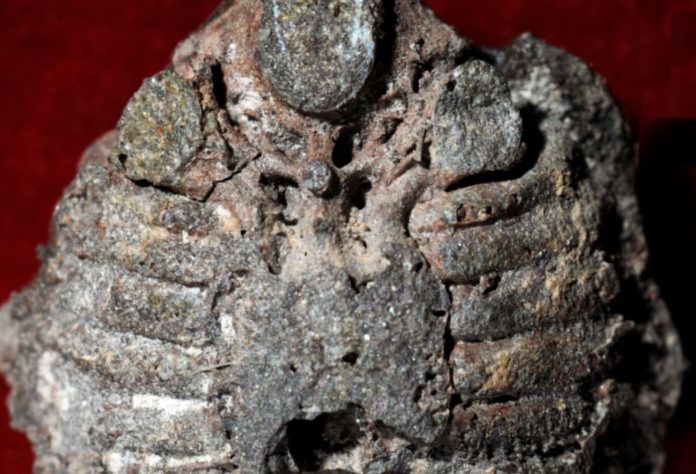The middle ear, which is made up of three tiny vibrating bones, is responsible for delivering sound vibrations into the inner ear, where they are converted into nerve impulses that allow us to hear.
Embryonic and fossil evidence shows the human middle ear developed from fish spiracles. The origin of the vertebrate spiracle, on the other hand, has long been a puzzle in vertebrate evolution.

Some researchers in the 20th century thought that early vertebrates had to have a complete spiracular gill, so they looked for one between the mandibular and hyoid arches. Despite significant research lasting more than a century, none were discovered in any fossilized vertebrates.
The mystery has been partially solved, however, thanks to the work of experts from the Chinese Academy of Sciences’ Institute of Vertebrate Paleontology and Paleoanthropology (IVPP) and their colleagues. They studied fossils of armored galeaspids.
The findings of the study were published in the journal Frontiers in Ecology and Evolution.
According to the study’s first author, Prof. GAI Zhikun of IVPP, the institute’s researchers discovered a 438-million-year-old Shuyu 3D braincase fossil and the first 419-million-year-old galeaspid fossil totally preserved with gill filaments in the first branchial chamber over the last 20 years. The fossils were discovered in Zhejiang Province’s Changxing and Yunnan Province’s Qujing, respectively.

According to GAI, “These fossils provided the first anatomical and fossil evidence for a vertebrate spiracle originating from fish gills.”
Following that, seven virtual endocasts of the Shuyu braincase were recreated. Shuyu’s fingernail-sized skull revealed almost every element of its cranial anatomy, including five brain divisions, sensory organs, and cranial nerve and blood vessel channels.

“Many important structures of human beings can be traced back to our fish ancestors, such as our teeth, jaws, middle ears, etc. The main task of paleontologists is to find the important missing links in the evolutionary chain from fish to humans. Shuyu has been regarded as a key missing link as important as Archaeopteryx, Ichthyostega and Tiktaalik,” said ZHU Min, a Chinese Academy of Sciences academician.

In some fishes, the spiracle is a tiny hole behind each eye that leads to the mouth. The spiracle is responsible for water intake into the buccal space before being ejected from the gills in sharks and all rays. The spiracle, which is usually near the top of the animal, allows it to breathe even when it is mostly buried by dirt.
Polypterus is the oldest living bony fish. It breathes through its spiracles. But most non-fish species lost their spiracles as they evolved to breathe through their noses and mouths instead. The spiracle appears to have grown first into the Otic notch in early tetrapods. Similarly to the spiracle, it served as a means of respiration but lacked the ability to detect sound. The spiracle later evolved into the ear of contemporary tetrapods, and the hearing canal, which transmits sound to the brain via tiny inner ear bones. This role has remained in humans throughout their existence.
“Our finding bridges the entire history of the spiracular slit, bringing together recent discoveries from the gill pouches of fossil jawless vertebrates, via the spiracles of the earliest jawed vertebrates, to the middle ears of the first tetrapods, which tells this extraordinary evolutionary story,” added Prof. Per E. Ahlberg of Uppsala University and academician of the Royal Swedish Academy of Sciences.
Image Credit: IVPP
You were reading: New Evidence Is Challenging Our Ideas About Vertebrate Evolution
